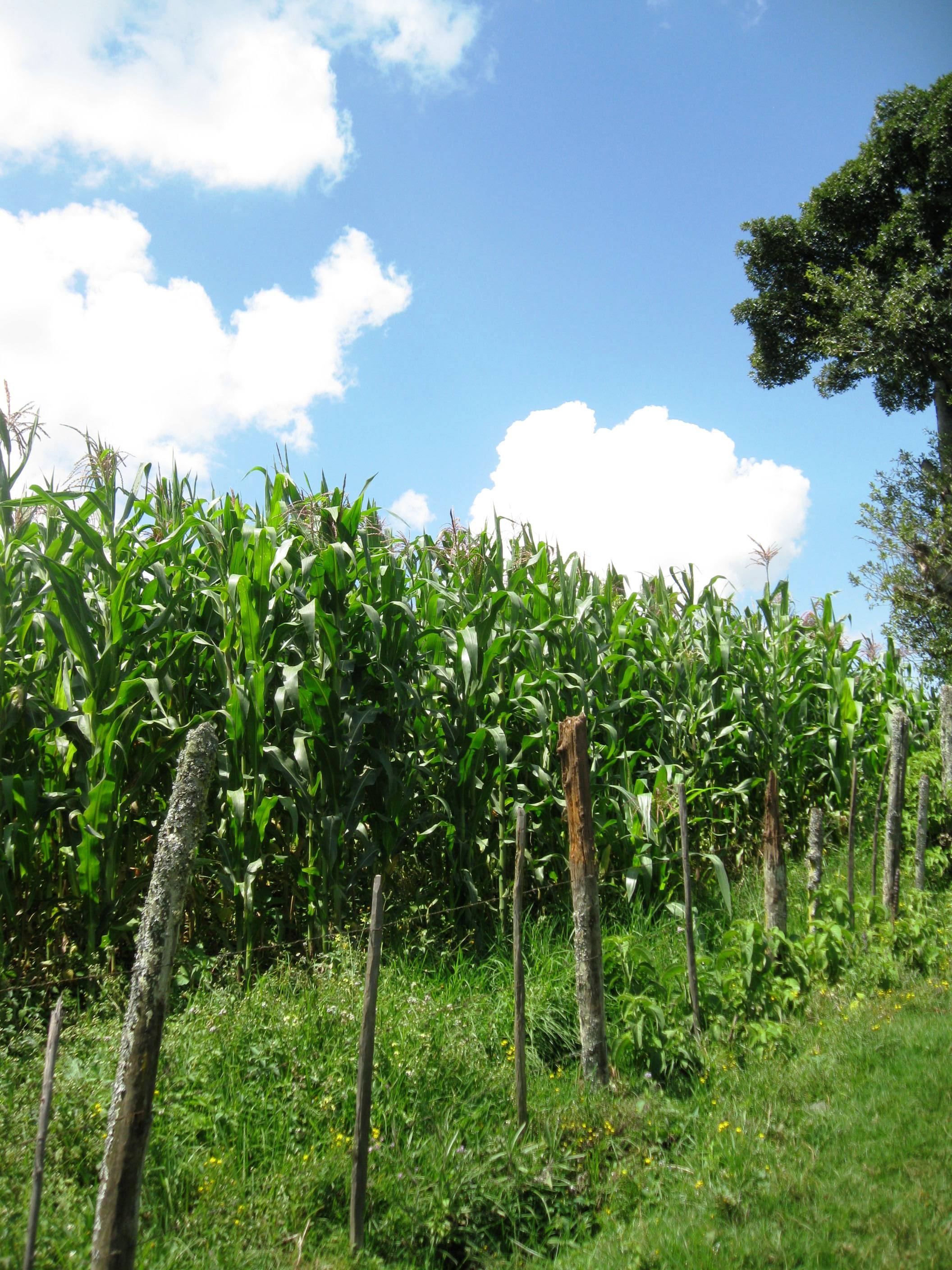Whenever I’ve presented the main findings from our paper on input use using the LSMS-ISA data from six countries in sub-Saharan Africa (co-authored with Chris Barrett), someone from the audience inevitably asks which specific policies have contributed to differences in fertilizer use across these countries. It’s a fair and logical question, especially since our tenth and final point is that country-specific factors – including policy – seem to matter lot in explaining inorganic fertilizer use across our large cross-country sample. But our descriptive, cross-sectional analysis – the thrust of our work under the “Agriculture in Africa: Telling Facts from Myths” project – cannot answer that question.
While not a response to the question of cross-country differences, findings from our newly published paper (with Joshua Ariga and Thom Jayne) do shed important light on how a particular set of policies pursued in Kenya – namely widespread input market reforms starting in the mid-1990s – resulted in increased fertilizer demand and maize supply by smallholder farmers in the decade and a half thereafter. In contrast to the government-sponsored subsidies adopted by several other countries in the region (including Kenya starting in 2007) designed to artificially lower the cost of fertilizer, these input reforms specifically targeted the root causes of high prevailing prices, by removing price and foreign exchange controls and by relaxing import license restrictions.
Using five waves of nationwide household survey data (spanning 1997 to 2010) and a variety of matched datasets, we first establish the link between these reforms and two outcomes of interest: (i) a decline in the retail price of fertilizer attributed to falling domestic marketing costs observed between the Port of Mombasa and retail distribution points and (ii) a reduction in distance traveled by farmers to acquire fertilizer due to the new entry of private fertilizer retailers.
To establish the statistical association between the reforms and the first of these outcomes, we estimate a simple model of fertilizer price determinants and find that about 60 percent of the variation in retail prices can be attributed to declining domestic marketing costs, the part we peg to the reforms (with acknowledgement that other unobserved factors may have contributed as well). To link the reforms with the second outcome of interest, we rely on external evidence showing the massive increase in number of rural fertilizer retailers that coincides with the decrease in travel distance that we observe in the household survey data.

Then, we carefully estimate fertilizer demand and maize supply models to uncover the effects of changes in these two variables: retail fertilizer prices and travel distances to the nearest fertilizer retailer as experienced by smallholder farmers. Coupling the estimated average partial effects (APEs) with the observed changes in these two variables over time, we provide estimates of the ex post impacts of the input market reforms.
Specifically, we find that the estimated 27 percent reduction in real fertilizer prices that can be attributed to the falling domestic marketing costs associated with the reforms led to a 36 percent increase in nitrogen use on maize fields and a 9 percent increase in total maize production, resulting from both productivity (kg/ha) and area under maize (ha) effects. On the other hand, decreasing distances to fertilizer retailers from the perspective of a given farming household did not appear to raise fertilizer use or maize supply, although households located further from fertilizer retailers (on average, across time) do apply less fertilizer to their maize.
So what does this mean for those with questions about which policy levers are most effective in stimulating smallholder fertilizer use? Kenya – where national fertilizer use more than doubled between the early 1990s and 2010 and application rates increased by 34 percent on smallholder farms specifically – represents a case of how major reforms to agricultural input markets, one policy option available to many countries in SSA, can provide outcomes that induce farmers to purchase and use more fertilizer. This approach, of course, contrasts sharply with the input subsidy schemes employed in several countries, including a few from the LSMS-ISA sample and Kenya post-2007. While we do not seek to compare outcomes from Kenya to any other country in the region which has pursued a different trajectory, our findings at least shed light on an alternate (and far less costly) approach to achieving the same end goal: widespread uptake of yield-enhancing fertilizer.

